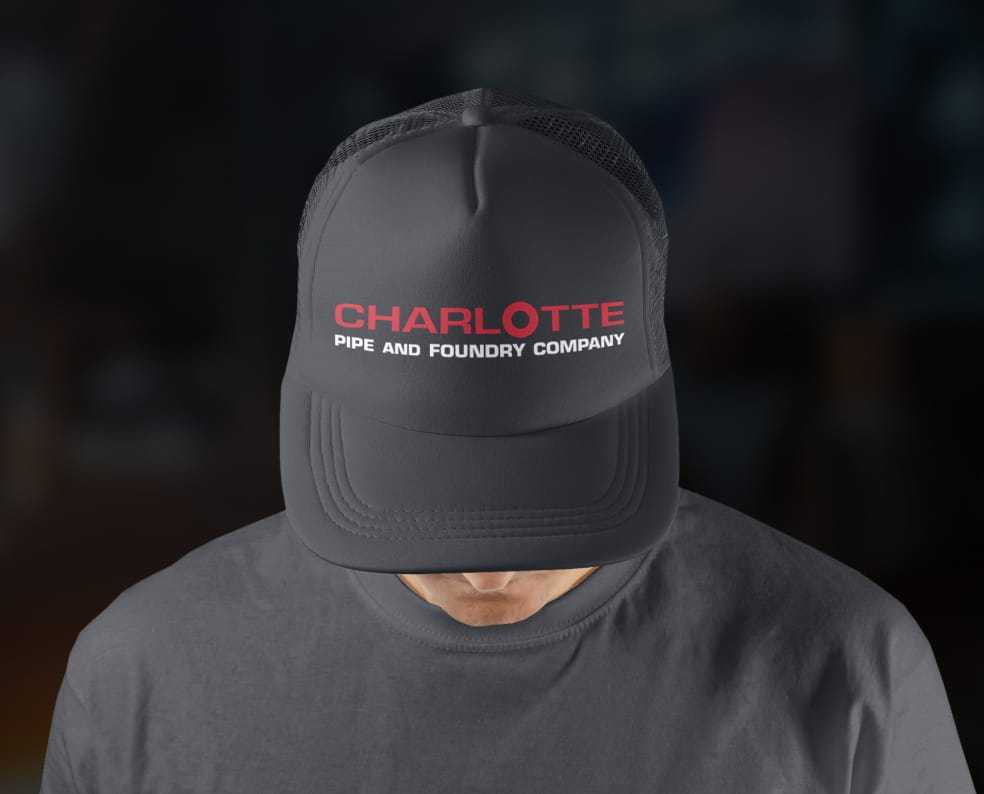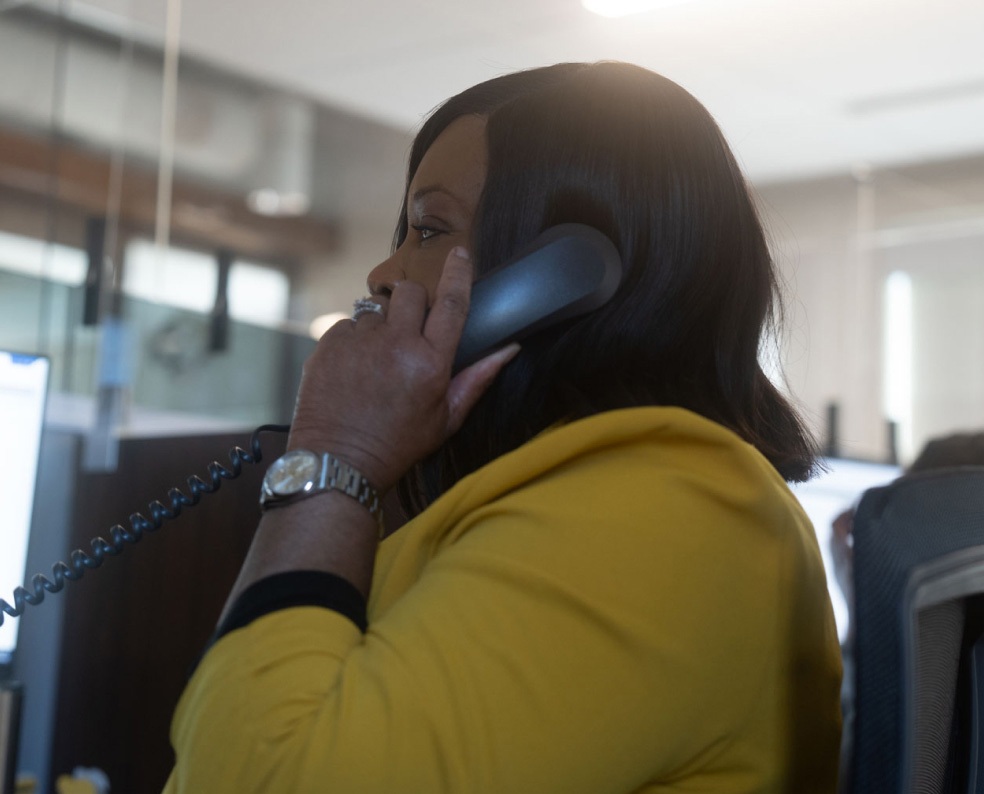Article
Putting Safety First: Tips and Guidance for Plumbing Pros
This information is for reference and to be used as general guidance only. Please review the manufacturer’s manual outlining the requirements for any equipment or systems you choose.
In residential and commercial construction, each plumbing project comes with its own unique set of safety concerns. Understanding the intricacies of these concerns and how they impact the trade is vital for not only the safety of those on the jobsite but also the future building occupants.
Charlotte Pipe believes all plumbing professionals play a critical role in protecting the health of our nation. This article highlights important safety considerations for three common topics in the industry today:
Water heaters
Cross connections
Air versus hydrostatic testing
3 Dangers of Water Heaters in Single-Family Construction
While water heaters are essential for residential construction, it’s important to recognize how potential malfunctions can threaten personal safety and result in significant property damage.
1. Explosion
Naturally, water under pressure requires a higher temperature to boil. Without properly installed safety features such as temperature and pressure (T&P) relief valves, the water temperature inside a water can exceed 212 F and still be in a liquid state. This term is called superheated water. In the event of a sudden pressure release, water heaters can become dangerous for residential occupants. To prevent catastrophic explosions of the system, T&P relief valves relieve temperature and pressure at 210 F and 150 psi, respectively. The valves should be properly installed and functioning, and any drainage should be directed to a water heater pan, a floor drain, or an exterior location.
For hot- and cold-water distribution from water heaters, CPVC or copper tubes are acceptable materials to use for T&P relief valve drainage. Charlotte Pipe’s FlowGuard Gold® CPVC CTS, for example, is designed specifically for pressure systems and is energy efficient, offering better heat retention and lower water-heating costs than metallic systems.
2. Scalding
Scalding water can cause life-threatening injuries, particularly in households with young children, older adults, or anyone with reduced mobility.
As shown in the chart below, water temperatures over 130 F can cause severe burns within seconds of contact.
Scalding prevention remains an important safety consideration even with the water heater’s temperature at its factory setting. Before reducing the factory thermostat settings on your water heater, refer to the water heater manufacturer’s recommendations. In today’s plumbing industry, there’s an expanding market for water-tempering devices designed to lower the risk of scalding.
3. Legionella
While building occupants may assume that the best way to prevent scalding is to reduce the water temperature, this can create a breeding ground for bacteria, including Legionella — a bacteria that can cause a pneumonia-like illness called Legionnaires’ disease.
The National Institute of Public Health in Quebec found that 30% of water heaters in Canada’s largest province are contaminated with the bacteria associated with Legionnaires’ disease, even with the thermostat set at 120 F. To reduce the production and spread of Legionella, maintain the water heater’s factory temperature settings – typically a minimum water temperature of 140 F at the thermostat which results in approximately 122 F at the tap. Tankless water heaters may also be considered.
The Threat of Cross-Connection Contamination
In plumbing systems, cross connection refers to the interconnections between potable water and non-potable substances or sources, including hazardous chemicals.
As demonstrated in the illustration above, there are two basic scenarios that can cause cross-connection contamination between a drinking water supply and high-risk substances:
Back pressure backflow: Reversal of the normal flow in a system due to an increase in the downstream pressure above that of the supply pressure
Back siphonage: Reversal of the normal flow in a system caused by negative pressure (vacuum or partial vacuum) in the supply piping
The Solution
Backflow preventers isolate a home from city water, providing cross-connection control against the effects of back siphonage where a sudden drop in pressure downstream may siphon household substances or landscaping chemicals, for example, into the municipal water supply. Backflow preventers allow water into the house but not out. While this is important for the health and safety of the public, it can also produce an increase in pressure with rising temperatures. To mitigate the temperature increase, diaphragm or expansion tanks are typically installed.
The Risk of Air Testing Plumbing Systems
Since air is compressible, it stores energy that has the potential to be released explosively. Think of it like a balloon filled with air. When too much pressure builds up, the balloon pops. On the other hand, a balloon filled with water cannot store energy through compression, so there’s no explosive release of energy. As a result, Charlotte Pipe strongly recommends hydrostatic testing for plumbing systems.
Many plumbing contractors find air testing attractive because:
A leak in a water test can cause damage
Air testing can be faster and easier
Water can freeze in unheated buildings
Water is not always available on jobsites
Although these are long standing beliefs, they are often based on convenience rather than evidence. In an air test, thermoplastic shards driven by an explosion can cause injury or death. Simply put, there’s no safe way to air test PVC, CPVC, or ABS pipe, and as a result, Charlotte Pipe doesn’t approve of air testing any of its products.
How Charlotte Pipe Helps Create a Safer, Healthier Environment for Everyone
Charlotte Pipe’s commitment to plumbing industry professionals goes well beyond the quality of its pipe and fittings. In alignment with plumbing codes and standards, Charlotte Pipe aims to provide insight on complex problems and to protect the health and safety of plumbing tradespeople and building occupants around the globe.
For safety concerns and other questions, contact the Charlotte Pipe Technical Support team.



